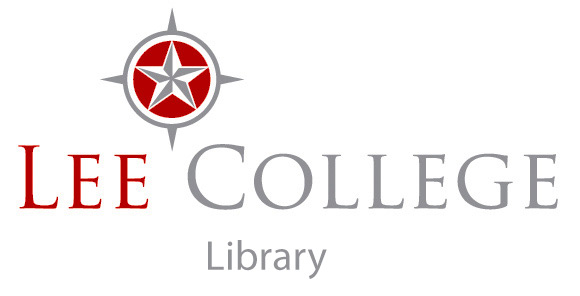English Research Guide
The purpose of this guide is to help you find research materials online and in the library. You may use the tabs above to navigate within this research guide related to English & Humanities.
Research Techniques
Before you begin searching for information, you must identify keywords related to your topic. Find keywords:
- within your research question or thesis
- in encyclopedias used in background research
- in bibliographies found at the end of books and articles
- in a thesaurus

- by asking a librarian
When brainstorming keywords remember to ask yourself the who, what, when, where, and why of your topic.
Who is involved?
A specific age group, occupation, ethnic group, gender, etc.
What is the problem?
What is the issue facing the "who" in your topic? Health concerns, job and economic trends, contaminated drinking water?
Where is it happening?
A specific country, region, city, physical environment, rural vs. urban, etc.
When is this happening?
Is this a current issue or an historical event? Will you discuss the historical development of a current problem?
Why is it happening / Why is this a problem?
You may want to focus on causes or argue the importance of this problem by outlining historical or current ramifications. Or you may decide to persuade your instructor and class why they should care about the issue.
The following publications can be found in the library databases with the exception of Internet Sites. They each have strengths and weaknesses depending on the type of information you are seeking.
- Internet Sites:
- Most current information available
- Least reliable
- Newspapers:
- Provide current information
- Not always accurate
- Popular Magazines:
- Geared to the popular reader at an 8th grade level
- Published weekly
- Have lots of pictures
- Trade publications:
- Professional Association information in them
- Continuing Education resources
- Job Ads in the back of them
- Published every other week or monthly
- Scholarly publications:
- Go through a peer review process
- More reliable
- Much slower publication rate
Searching for a phrase?
Putting it in quotation marks tells the search that you want that exact phrase, not just any of the words contained within it.
Ex: "genetically modified foods"
"weight loss"
WHAT IS AN ANNOTATED BIBLIOGRAPHY?
An annotated bibliography is a list of citations to books, articles, and documents. Each citation is followed by a brief (usually about 100 words) descriptive and evaluative paragraph, the annotation. The purpose of the annotation is to inform the reader of the relevance, accuracy, and quality of the sources cited.
ANNOTATIONS VS. ABSTRACTS (SUMMARIES)
Abstracts are the purely descriptive summaries often found at the beginning of scholarly journal articles or in periodical indexes. Annotations are descriptive and critical; they expose the author's point of view, clarity and appropriateness of expression, and authority.
THE PROCESS
Creating an annotated bibliography calls for the application of a variety of intellectual skills: concise exposition, succinct analysis, and informed library research.
First, locate and record citations to books, periodicals, and documents that may contain useful information and ideas on your topic. Briefly examine and review the actual items. Then choose those works that provide a variety of perspectives on your topic.
Cite the book, article, or document using the appropriate style.
Write a concise annotation that summarizes the central theme and scope of the book or article. Include one or more sentences that (a) evaluate the authority or background of the author, (b) comment on the intended audience, (c) compare or contrast this work with another you have cited, or (d) explain how this work illuminates your bibliography topic.




What is the difference between a journal and an article?
- In a research context when a professor asks for a journal they are usually referring to a scholarly periodical. For a definition of a scholarly periodical see below.
- An article is a piece of writing included with others in a newspaper, magazine, or journal. Articles are what make up journals, magazines, and newspapers.
Scholarly Periodicals – Journals
- written by and for researchers and scholars
- includes full citations
- peer-reviewed(articles are viewed by specialists before published)
- authors are not paid
- sometimes called academic articles or peer-reviewed articles
Popular Periodicals – Magazines
- written by journalists or professional writers
- rarely give citations
- written for the general public
- generally shorter articles
- advertisements


